The human body is an amazing and intricate work of natural art that we will probably study for centuries to come before we ever establish a complete understanding of it. From what we do know from current research and physiologic understanding, it is all very connected.
Every organ, bone, muscle, and tissue is connected in some way to each other. Consider, now, how that connection can impact your body in a negative way.
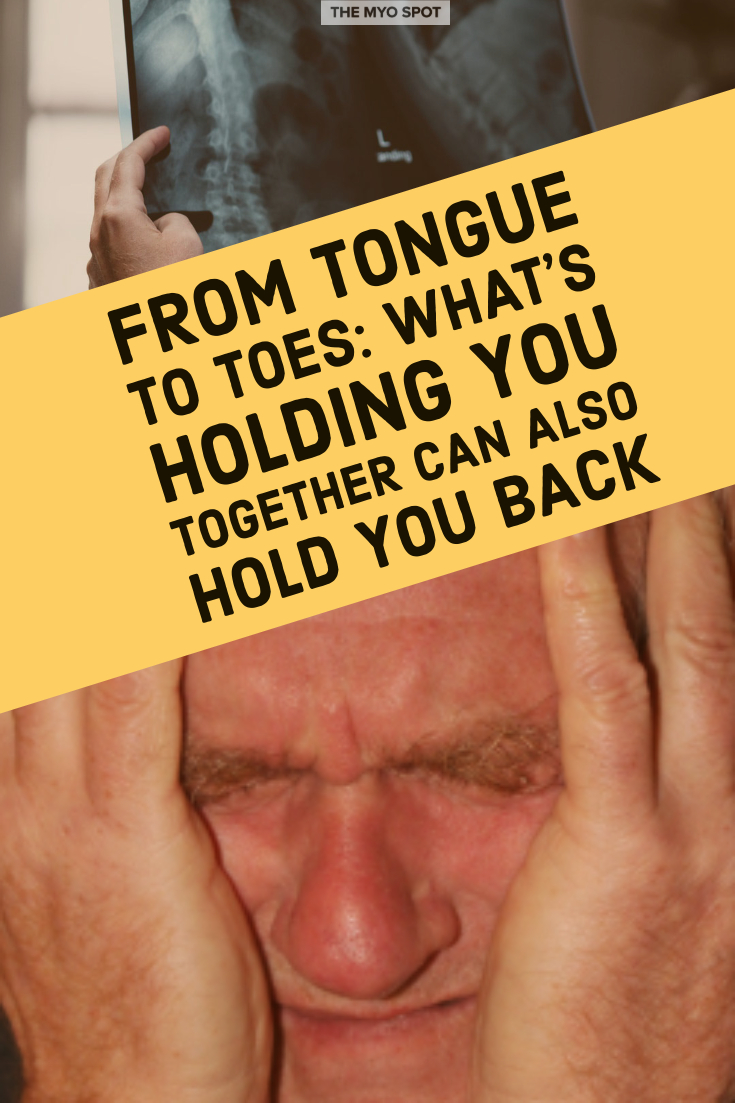
Many are familiar with muscles and their connection to the body and movement. Yet, little is ever mentioned of its structural companion, fascia. Fascia is a thin band of connective tissue that envelopes our muscles.
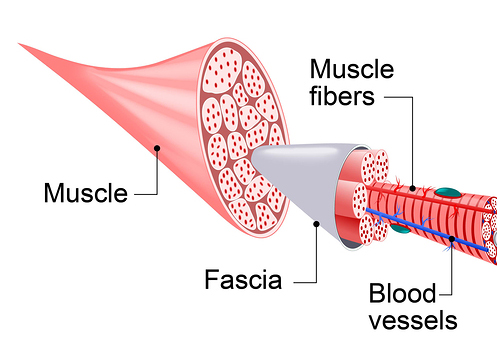
It’s a protective sheath that groups together muscles of similar function and helps to distribute nerves and blood vessels.
While there are 4 layers of fascia that cover certain portions of the body, our outermost layer covers the entire body. Think of it as akin to the skin in encompassing connectivity. If you were to pinch your skin on your arm you may feel the pull or tension of that stretched skin in another area of the arm.
A tongue tie works similarly in fasical pull, as our deep front line fascia connects our tongue in one continuous band of fascia down to our toes.
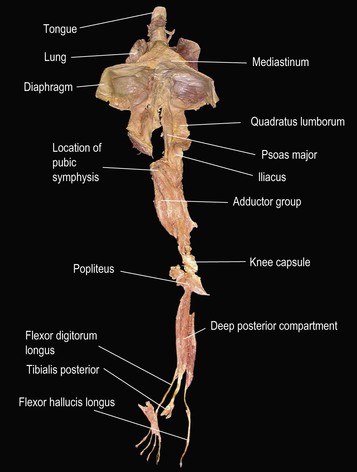
It is only in the given imagery above that you can see how a tongue tie (which is restrictive or tight connective tissue band connecting the floor of the mouth to the base of the tongue) can affect breathing, posture, pelvic floor stability, and toe walking. Often a “harmless” tongue tie can be just the clinical tip of the iceberg, masking within the body various linked medical and dental problems.
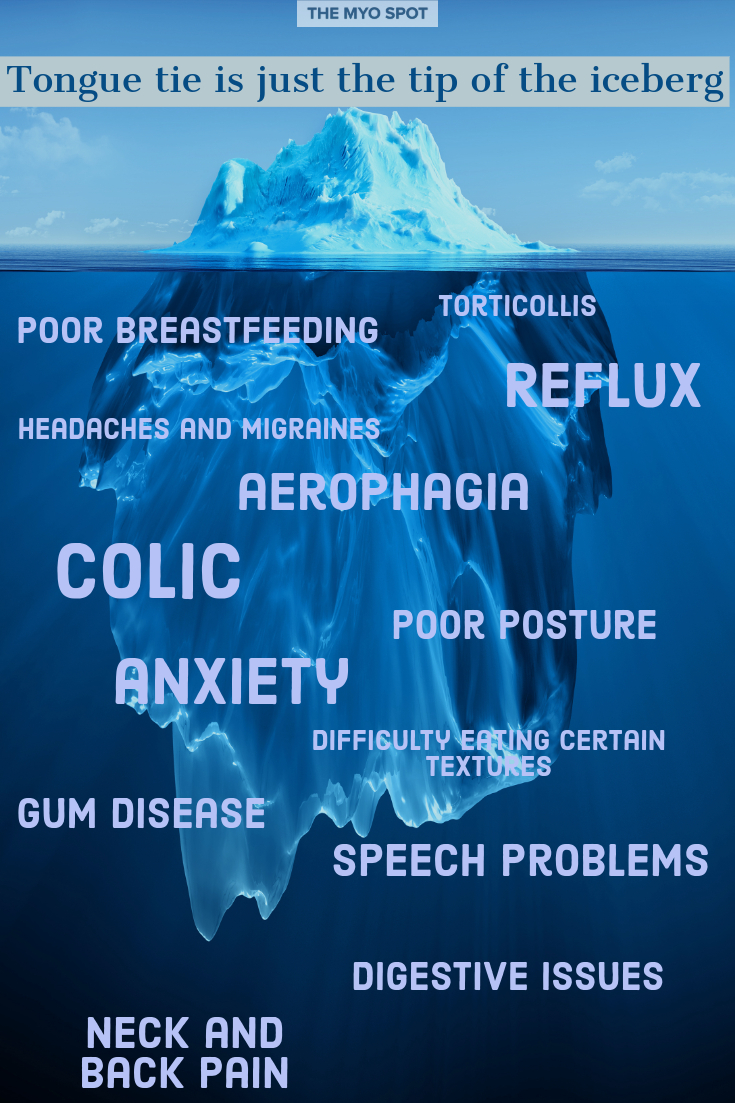
Some people do claim to have miraculous feelings of relief or immediate postural improvement. While not unusual, most people do have to wait or accompany a tongue tie release with manual bodywork to assist in fascial strain release. Those pulls by fascia that is holding you together may just be holding you back from real relief.
Don’t let your tongue affect your body negatively. Have your tongue functionally assessed by a myofunctional therapist. Or, learn more about the tongue’s impact on the body, coupled with resources to guide you on your journey from tied to free with our Ultimate Guide for the Tongue Tied.
[Want a closer look at this surgically extracted deep front line with detailed explanation. Get a better view on YouTube.]
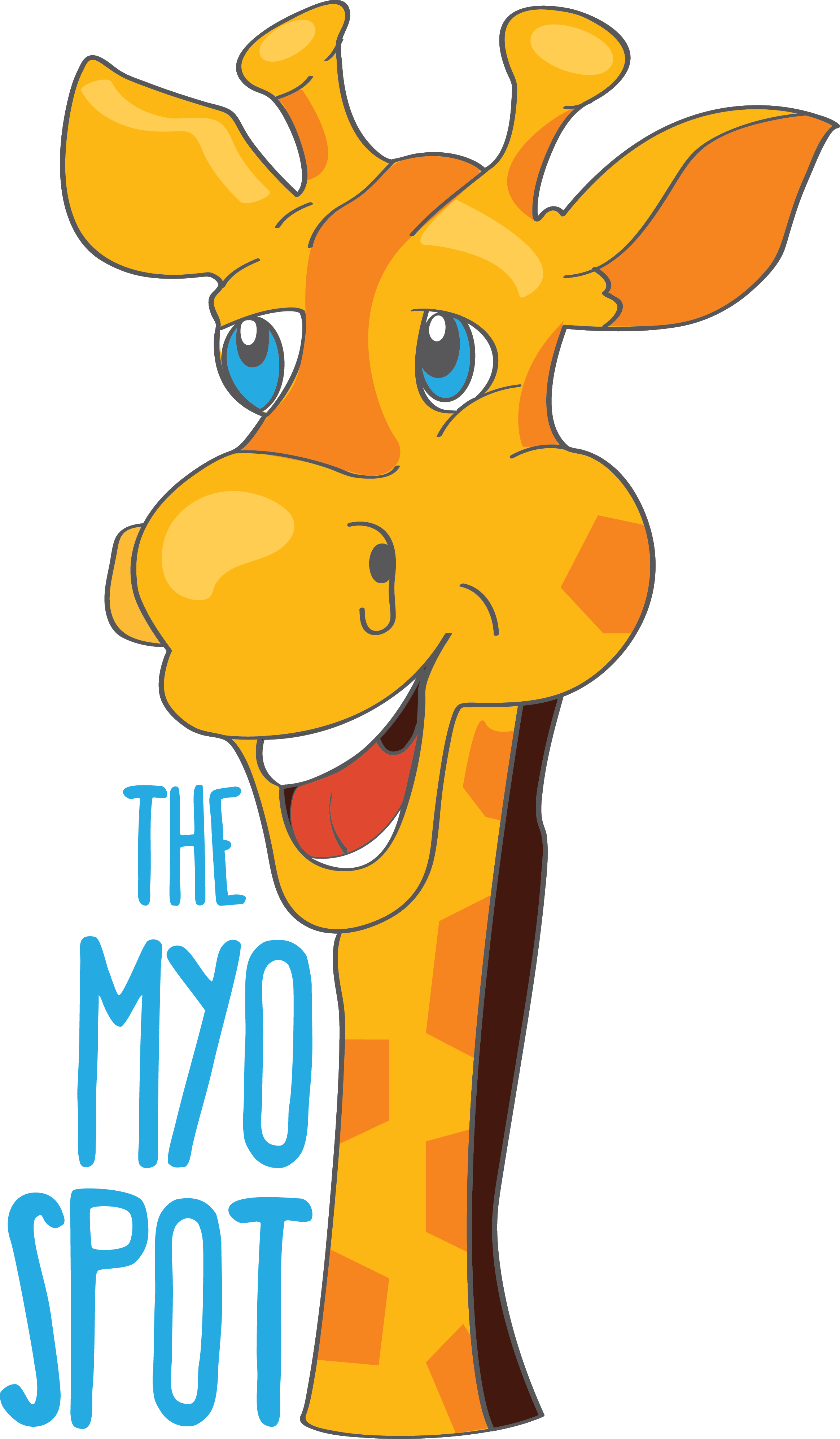
Can you tell me more about how the fascia is connected with toe walking? I’m looking at the picture of the fascia above and I’m really curious about where toe walking comes from. Not just the tongue? What do you think? This is fascinating!
LikeLiked by 1 person
I think it is a combination of physiological factors involved and not solely the fascia in play for toe walking. The heel-toe walk requires more strength, as does the lingual mandibular seal required for optimal nasal breathing and oral development. Tight fascia connection between the two, similar to the picture, can inhibit that connection. However, failure to establish early belly to earth (tummy time) connections can limit the gross motor development. Poor development and tight fascia can lead establishing a weaker core and leads to poor posture and sometimes toe walking. An easier to maintain stance, walk, or tongue posture hypothetically can develop as a compensatory measure to poor muscle strength, and can also be inhibited physiologically by tight fascia. Here’s a link to a study that supports part of my theory: https://www.sciencedirect.com/science/article/abs/pii/S0003999300902193
LikeLike
Do you have any information regarding tongue tie and sensory processing disorder, specifically Sensory Seekers?
Thank you.
LikeLike
Great info! I’m a chiropractor working with TT babies for over 8 yrs…will have to share this blog:)
LikeLike
Hello! My son has a posterial tongue tie and I’m just learning that this could be the cause for his issues crossing midline. Is there any information on tongue ties related to gross motor coordination and balance? He’s had a full brain and spine MRI both normal. He’s Had speech therapy since age 2 for a delay and articulation. Sensory issues snd gross motor delays became more evident and has been in OT for a year with great strides but the discovery of the tie by his feeding therapist ( food adversions, obvi related to the tie too). We are doing a release in may snd Myofunctional therapy prior and after. I’m just curious if the motor skills and anxiety improve with a release. Thanks so much
LikeLike
Hello Shara! Tethered oral tissues such as tongue and lip ties have been stated by some leaders in the industry as a midline defect. However, there is a lack of substantive research to support that. It is possible and probable that there is a connect to his gross motor skills as the fascia connection is tightened and creates a ripple effect. I think you are in the right direction using a team of providers to tackle this. Working with a speech therapist, feeding therapist, occupational therapist, bodyworker (osteopath, chiropractor, craniosacral therapist, etc), myofunctional therapist, and release provider gives your son the best chance at achieve optimal results and seeing improvements in his areas of concern.
LikeLike